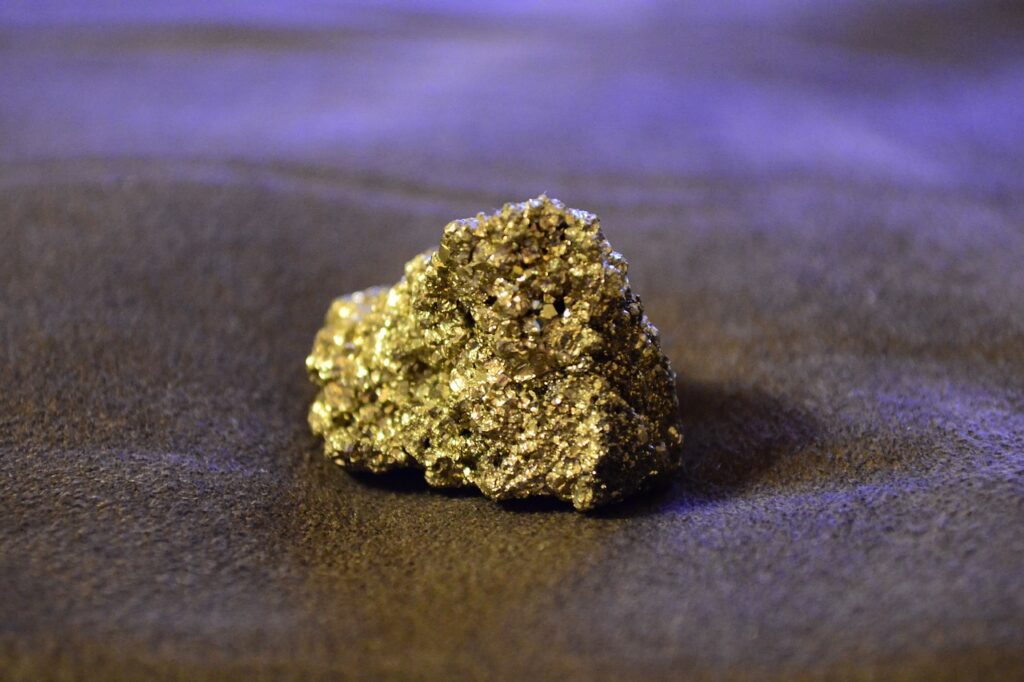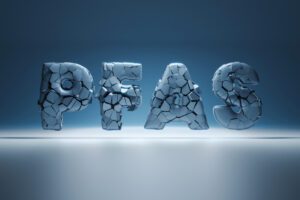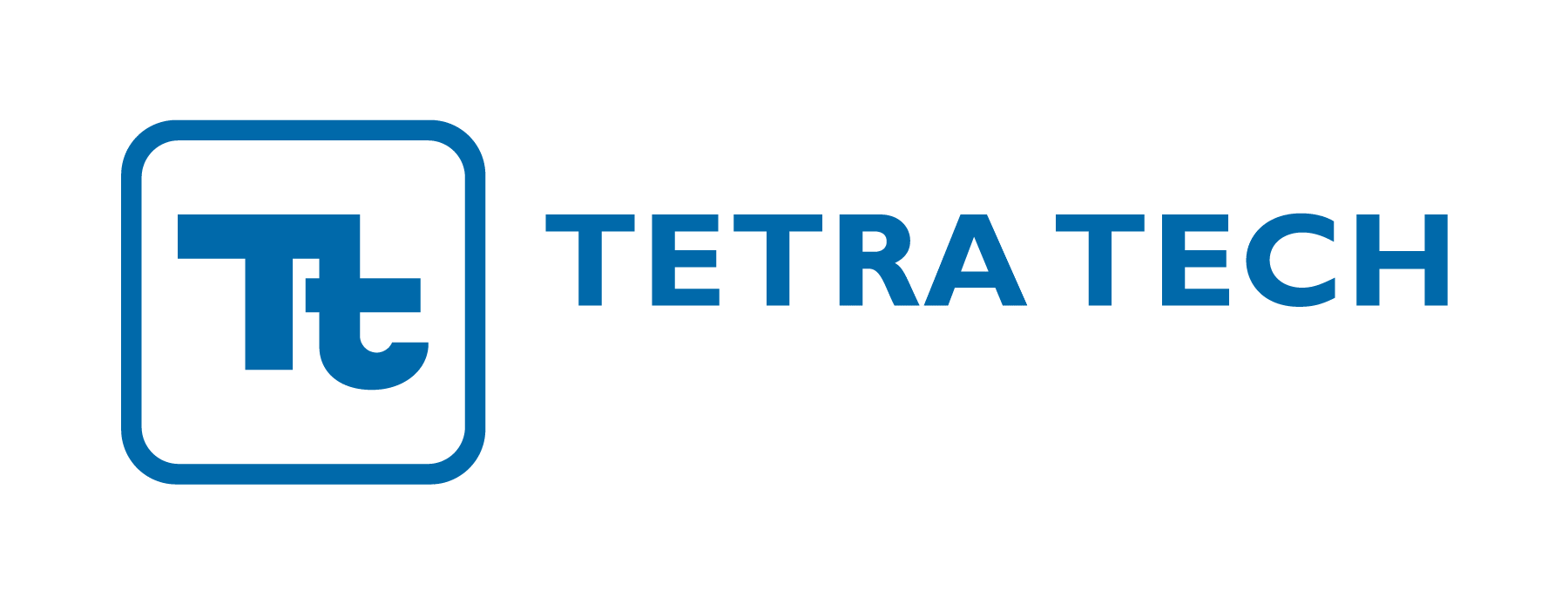In a world that has grown increasingly more socially conscious, it is now the expectation that businesses play a role in promoting ethical practices. This applies not just to their corporate office practices, but to their entire supply chain. As a result, reporting on conflict minerals and responsibly sourcing conflict minerals has become critical. However, supply chains can be lengthy and complicated. Suppliers may struggle to communicate effectively. Industry standards also continue to evolve, making it challenging to keep up with the latest best practices in conflict minerals reporting. These conflict minerals reporting tips can help you effectively communicate with your supply chain, gather the information you need for compliance, and successfully report to your customers.
What Are Conflict Minerals?
Conflict minerals are minerals extracted in regions often marred by human rights abuses and regional conflicts. The mining of the minerals in these regions often goes toward funding these abuses. Because of these concerns, governments and international bodies have introduced regulations to ensure responsible sourcing and reporting of these minerals.
The most well-known conflict minerals are 3TG (tantalum, tin, tungsten, and gold). But other minerals, such as cobalt and mica, have received recent scrutiny. Many companies are starting to ask for reporting on these additional minerals.
10 Conflict Minerals Reporting Tips
Understand Your Regulations and Requirements
The first step toward effective conflict minerals reporting is to understand the regulations and reporting requirements you will need to meet.
Different jurisdictions have different requirements, and your customers might ask for additional reporting that expands beyond the legal requirements.
In the United State (US), you will need to meet requirements for the Dodd-Frank Wall Street Reform and Consumer Protection Act, Section 1502. This requires companies to disclose the use of conflict minerals originating from the Democratic Republic of Congo (DRC) or adjoining countries.
In the European Union (EU), you will need to comply with the EU Conflict Minerals Regulation. This requires EU importers of 3TG to source the minerals from responsible and conflict-free sources.
These regulations and requirements may be updated as concerns around other minerals grow, so you will need to ensure you stay up to date with the latest conflict minerals news.
Establish Clear Supply Chain Communication
Effective and efficient supply chain communication is absolutely essential to keeping your products on the market and in the hands of your customers.
Make sure your supply chain clearly understands your conflict minerals reporting expectations and educate suppliers on your requirements. Also be sure to clearly communicate deadlines.
Transparent and consistent communication helps build a reliable network of suppliers committed to responsible sourcing.
Conduct Due Diligence
Consistent due diligence practices are crucial to an effective conflict minerals reporting program. This process involves identifying the sources of materials, assessing the risk associated with these sources, and taking necessary action to address identified risk.
Due diligence also isn’t just a one-time thing. You will need continuously monitor your supply chain and adapt your practices as new information becomes available about your sources and suppliers.
Utilize Technology
Technological advancements have made conflict minerals reporting easier to achieve, so use them to your advantage.
These may include tools that can streamline data collection and analysis and/or make your reporting process more efficient. Specialized software solutions can also help you automate your data collection, improve traceability, and ensure that the information you gather is accurate and reliable.
Educate Your Team
Ensure that your team, particularly those involved in purchasing, mineral sourcing, and supply chain management, are well-informed about conflict minerals requirements.
This means more than just a one-time training. Have a system in place that keeps your employees educated on recent changes in conflict minerals reporting and keeps their training up to date.
It also means having consistent, open, and transparent communication with your employees. This will enable them to feel like they can bring issues to you and ensure that you and your employees remain aligned with conflict minerals reporting practices.
Engage Third Party Auditors
Collaborating with independent third-party auditors can strengthen your conflict minerals reporting by enhancing credibility.
Third-party auditors can assess your due diligence efforts and provide an unbiased evaluation of your supply chain practices. This not only can help you improve your supply chain reporting practices, but can also give stakeholders greater confidence in the accuracy of your reports.
Be Transparent in Reporting
Reporting transparency is another key factor in building trust with stakeholders.
When creating your conflict minerals reports, you will want to make sure it provides a clear overview of your due diligence efforts, identified risks, and the steps you have taken to address these risks.
Engage Stakeholders
Your stakeholders may include everyone from your customers to your investors to outside advocacy groups. The best way you can gain their continued support is to engage them in your conflict minerals efforts by effectively communicating with them about your conflict minerals reporting efforts.
Be transparent about your sourcing practices and make sure reports and communications are readily available to stakeholders. This demonstrates your commitment to ethical business operations and can differentiate your brand.
Collaborate With Industry Initiatives
The world of conflict minerals reporting is frequently changing and adapting. Joining industry initiatives and organizations that promote responsible sourcing and reporting can help you stay on top of shifting conflict minerals reporting requirements.
Participating in these initiatives can provide you access to valuable resources and best practice guidance, which can help you both improve your conflict minerals reporting and bolster your brand reputation.
Continuously Improve Conflict Minerals Reporting
A program that doesn’t adapt to changes in conflict minerals reporting will get left behind, eventually finding themselves subject to penalties and losing stakeholder support.
Conflict minerals reporting should not be a one-time activity. You will need to continuously improve your reporting by refining your due diligence processes based on feedback and adapting your reporting to changing regulations and emerging best practices.
Conflict Minerals Reporting Solutions
Effective conflict minerals reporting is an integral part of not only your product compliance, but the ethical practices of your entire business. By complying with conflict minerals regulations, not only are you improving your own compliance practices, but you are contributing to a more transparent and ethical global supply chain.
If you need help finding conflict minerals solutions for your company, contact Tetra Tech’s conflict minerals experts at [email protected]. We can help you survey your supply chain, understand your reporting obligations, and even manage your reporting for you. Contact us today and find a sustainable path forward in your reporting.






